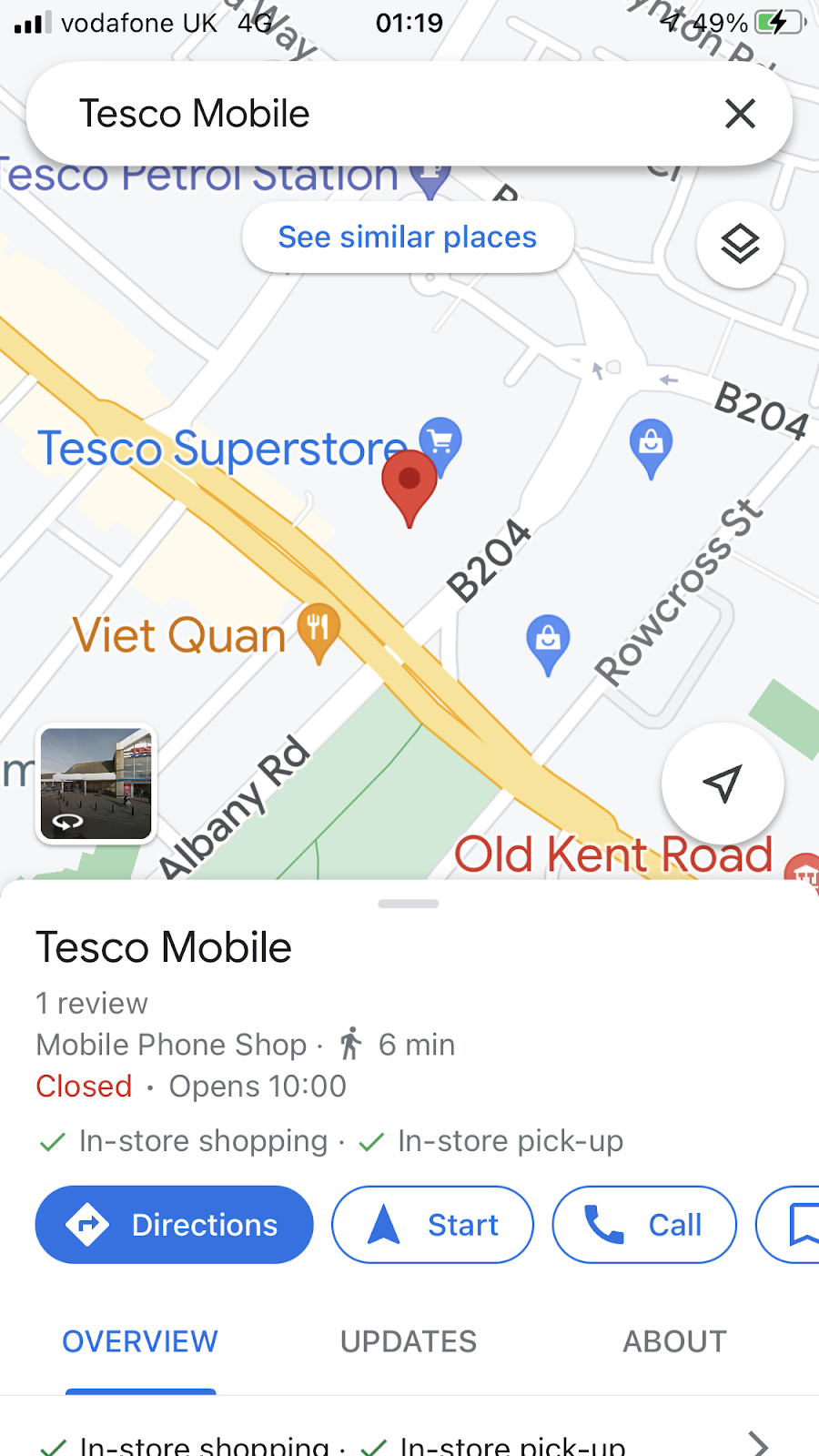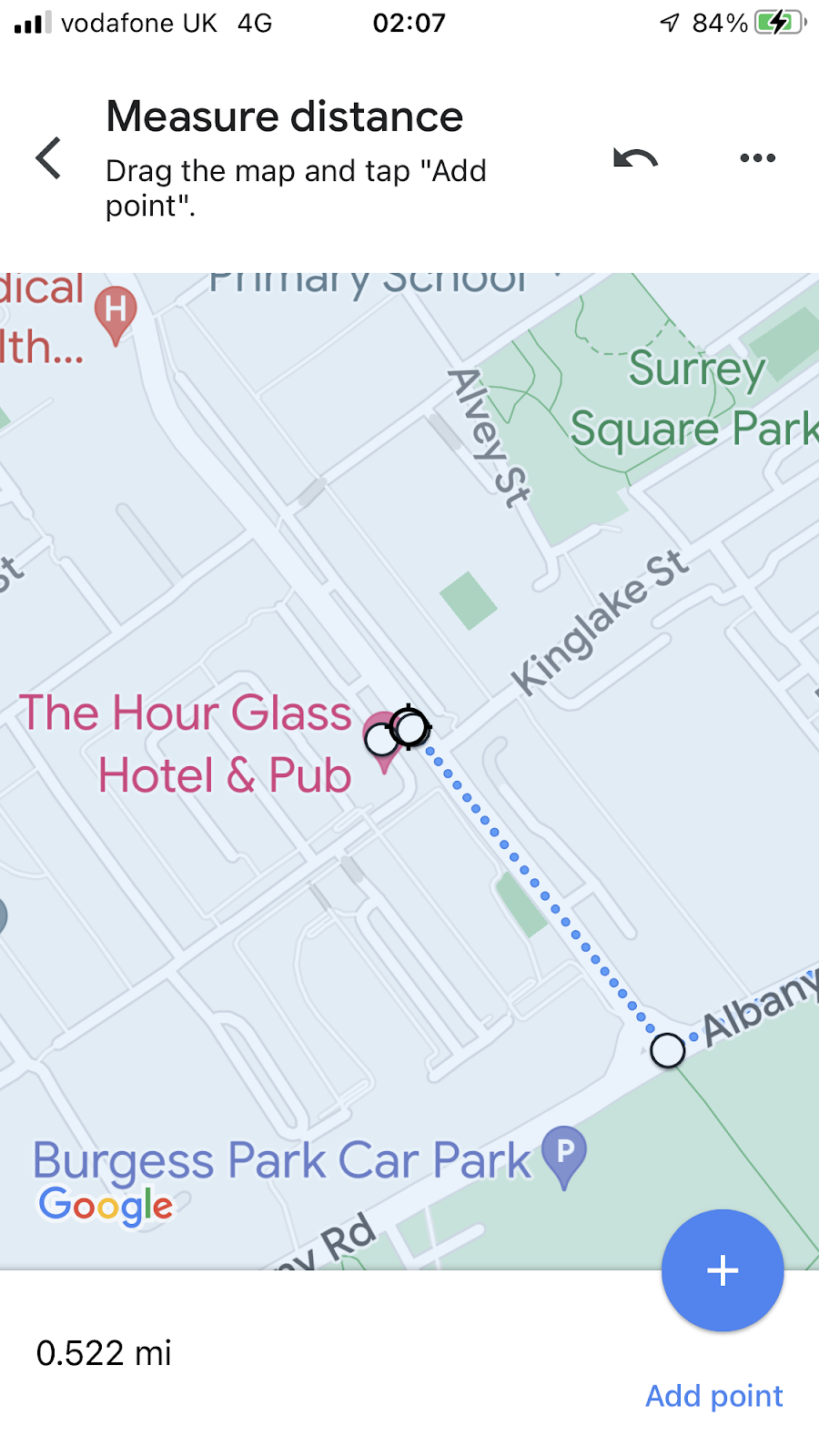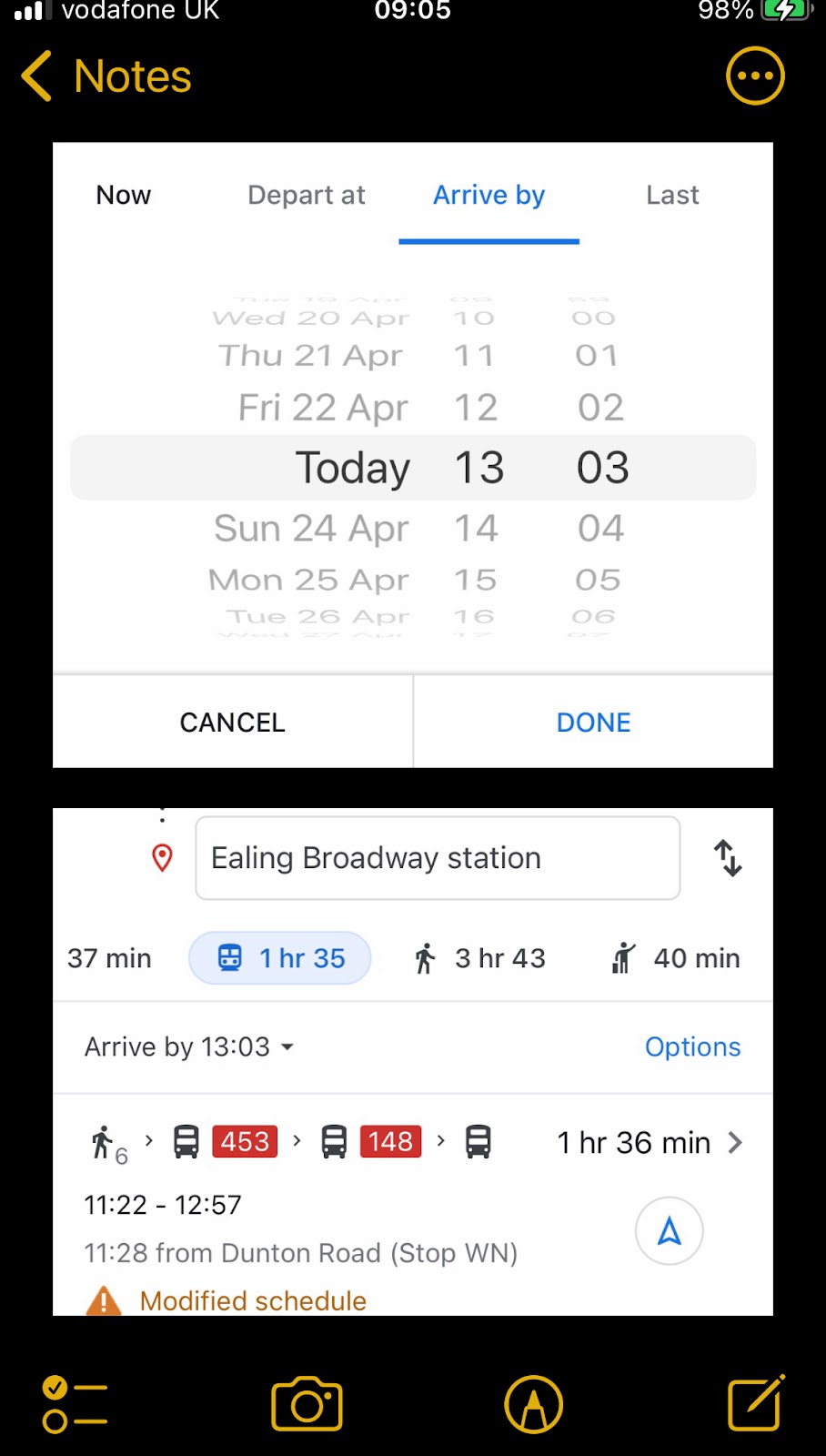Now that I use Google maps often every time I want
to go somewhere, there are functions that I accidentally discover. These are ordinary
functions that can be useful especially when you want to walk towards your
destination.
One is to measure the distance between two points. Interesting observation is the ‘measure distance’ menu does not show up when the device is online so go off Wi-Fi or data mobile whilst doing this.
So, here is how.
Whilst the map is open, enlarge the map for a better accuracy. Then drop a pin to where you want to start measuring. Just tap the screen lightly to activate the red location pin.
Tap the ‘measure distance’ to anchor the dropped pin to the starting point.
Drag the map to the direction of your target destination and let the movable target circle hover over the destination. You can see the distance between the two points at the left lower corner which reads 0.383 mi.
Here’s how to road map it.
Whilst dragging the map, place the first turn to the road you choose then tap the ‘plus button’ to anchor the first turning point.
The measurement is expectedly increased to 0.522 mi as the road map follows one of the roads rather than a straight line. The more presses of the ‘plus’ sign makes the measurement more accurate.
If you know how to initiate ‘measure distance’ whilst online, please share it at the comments box. Thanks.














